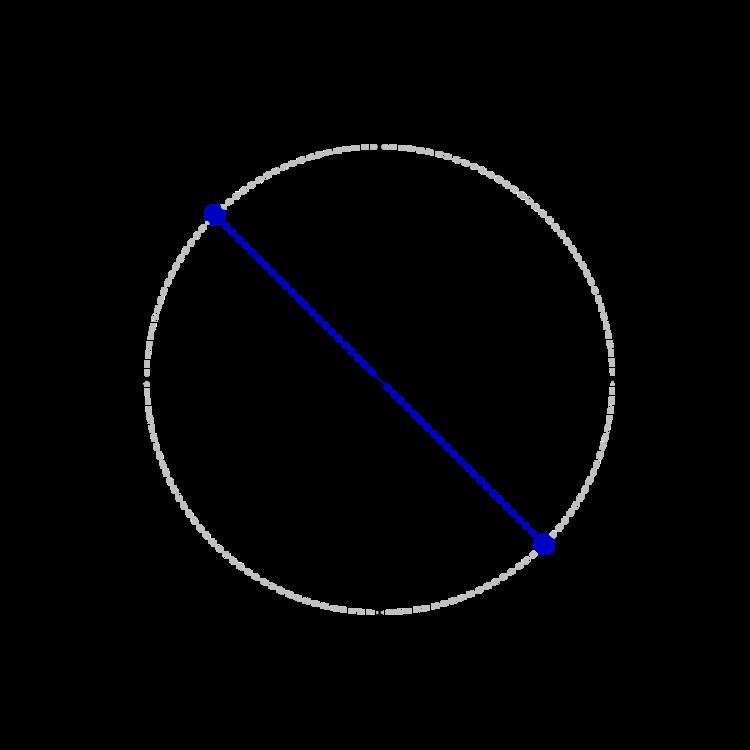 | ||
In mathematics, the additive inverse of a number a is the number that, when added to a, yields zero. This number is also known as the opposite (number), sign change, and negation. For a real number, it reverses its sign: the opposite to a positive number is negative, and the opposite to a negative number is positive. Zero is the additive inverse of itself.
Contents
- Common examples
- Relation to subtraction
- Other properties
- Formal definition
- Other examples
- Non examples
- References
The additive inverse of a is denoted by unary minus: −a (see the discussion below). For example, the additive inverse of 7 is −7, because 7 + (−7) = 0, and the additive inverse of −0.3 is 0.3, because −0.3 + 0.3 = 0 .
The additive inverse is defined as its inverse element under the binary operation of addition (see the discussion below), which allows a broad generalization to mathematical objects other than numbers. As for any inverse operation, double additive inverse has no net effect: −(−x) = x.
Common examples
For a number and, generally, in any ring, the additive inverse can be calculated using multiplication by −1; that is, −n = −1 × n . Examples of rings of numbers are integers, rational numbers, real numbers, and complex numbers.
Relation to subtraction
Additive inverse is closely related to subtraction, which can be viewed as an addition of the opposite:
a − b = a + (−b).Conversely, additive inverse can be thought of as subtraction from zero:
−a = 0 − a.Hence, unary minus sign notation can be seen as a shorthand for subtraction with "0" symbol omitted, although in a correct typography there should be no space after unary "−".
Other properties
In addition to the identities listed above, negation has the following algebraic properties:
−(a + b) = (−a) + (−b)a − (−b) = a + b(−a) × b = a × (−b) = −(a × b)(−a) × (−b) = a × bnotably, (−a)2 = a2Formal definition
The notation + is usually reserved for commutative binary operations, i.e. such that x + y = y + x, for all x, y . If such an operation admits an identity element o (such that x + o ( = o + x ) = x for all x), then this element is unique ( o′ = o′ + o = o ). For a given x , if there exists x′ such that x + x′ ( = x′ + x ) = o , then x′ is called an additive inverse of x.
If + is associative (( x + y ) + z = x + ( y + z ) for all x, y, z), then an additive inverse is unique. To see this, let x′ and x″ each be additive inverses of x; then
x′ = x′ + o = x′ + (x + x″) = (x′ + x) + x″ = o + x″ = x″.For example, since addition of real numbers is associative, each real number has a unique additive inverse.
Other examples
All the following examples are in fact abelian groups:
Non-examples
Natural numbers, cardinal numbers, and ordinal numbers, do not have additive inverses within their respective sets. Thus, for example, we can say that natural numbers do have additive inverses, but because these additive inverses are not themselves natural numbers, the set of natural numbers is not closed under taking additive inverses.
